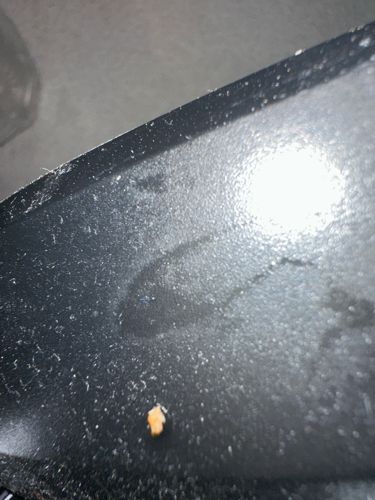Bed Bug
Scientific Name: Cimex lectularius
Order & Family: Order: Hemiptera, Family: Cimicidae
Size: Adults are 5-7 mm. The specimen in the image appears to be a nymph, which ranges from 1.5 mm to 4.5 mm.

Natural Habitat
Found worldwide in human dwellings, especially in and around beds, furniture, and cracks in walls. They hide in mattress seams, box springs, bed frames, headboards, and other dark, secluded areas close to their host.
Diet & Feeding
Hematophagous, meaning they feed exclusively on blood, with a strong preference for human blood.
Behavior Patterns
Primarily nocturnal, emerging from hiding places at night to feed on sleeping hosts. They are attracted by CO2 and body heat. They undergo incomplete metamorphosis (egg, nymph, adult), with nymphs requiring a blood meal to molt to the next stage.
Risks & Benefits
Risks: Bed bug bites can cause itchy red welts, skin irritation, and allergic reactions. Infestations can lead to significant psychological distress, anxiety, and insomnia. They are not known to transmit diseases. Benefits: None; they are considered a major public health pest.
Identified on: 11/16/2025